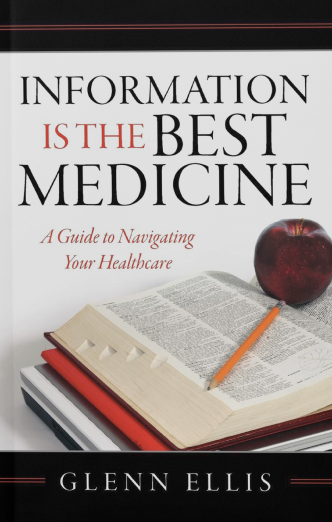Your child spends more time at school than anywhere else except home. One of the many things that you now must consider as back-to-school preparations begin: state laws that require students to be vaccinated in order to attend school.
Now that vaccines have virtually eliminated many once-feared diseases, the possibility of vaccine side effects or adverse reactions loom larger in some people’s minds than the diseases that vaccines prevent. Most parents have never seen a case of diphtheria or measles, and some wonder why their children must receive so many shots. Rumors and misinformation about vaccine safety abound. For example, many parents are concerned that multiple vaccines may weaken or overwhelm an infant’s immune system or that certain vaccines may cause autism, multiple sclerosis or diabetes.
Should you vaccinate your child and protect her from more than a handful of infectious diseases, or are the shots themselves more harmful than helpful? 
As it stands, all 50 states require specific vaccines for school-aged children, although each grants exemptions for students unable to be vaccinated for medical reasons. The power struggle pitting parents against parents arises in the 19 states that allow families to opt out of vaccination requirements by claiming a “philosophical exemption,” whether based on personal, moral, or religious beliefs.
Every day, tens of thousands of parents across the United States make decisions that most medical experts believe could not only put their children at risk but other children as well. These parents refuse to have their children vaccinated against dangerous childhood diseases such as diphtheria, rubella, mumps, measles, influenza, whooping cough, and many more. The medical evidence is overwhelming that when an unvaccinated child who is ill comes in contact with vaccinated children, the vaccinated children can be infected. The doctor or nurse who gives the vaccination can tell you vaccines are effective 85-95 percent of the time.
Infectious disease was the leading cause of death in children 100 years ago, with diphtheria, measles, scarlet fever and pertussis accounting for most of them. Today, the leading causes of death in children under 5 years of age are accidents, genetic abnormalities, developmental disorders, sudden infant death syndrome and cancer.
In the U.S., vaccines have reduced or eliminated many infectious diseases that once routinely killed or harmed many infants, children, and adults. However, the viruses and bacteria that cause vaccine-preventable disease and death still exist and can be passed on to people who are not protected by vaccines.
Vaccines only work if enough people in a community are vaccinated. When enough people are vaccinated, viruses have trouble moving from host to host and cease to spread, sparing both the unvaccinated and those in whom the vaccination has not produced immunity. Researchers have found that for vaccines to work, 92 percent or more of a population must be immunized against the disease. For highly contagious viruses, it takes 95 percent to protect the entire community.
Childhood immunizations have a long, and interesting, history. By the mid-1980s, there were seven vaccines: diphtheria, tetanus, pertussis, measles, mumps, rubella and polio. Because six of these vaccines were combined into two shots (DTP and MMR), and one, the polio vaccine, was given by mouth, children still received five shots by the time they were 2 years old and not more than one shot at a single visit. Since the mid-1980s, many vaccines have been added to the schedule. Now, children could receive as many as 24 shots by 2 years of age and five shots in a single visit.
No vaccine is perfectly safe or effective. Each person’s immune system works differently, so occasionally a person will not respond to a vaccine. Very rarely, a person may have a serious adverse reaction to a vaccine, such as an allergic reaction that causes hives or difficulty breathing. But serious reactions are reported so infrequently (on the order of 1 in 100,000 vaccinations) that they can be difficult to detect and confirm. More commonly, people will experience temporary side effects, such as fever, soreness, or redness at the injection site. These side effects are, of course, preferable to getting the illness.
The decision to vaccinate your child is a personal one. Whatever you decide, it’s important that you have enough information to make a good, sensible decision.
Remember, I’m not a doctor. I just sound like one.
Glenn Ellis, is a regular media contributor on Health Equity and Medical Ethics. He is the author of Which Doctor?, and Information is the Best Medicine. Listen to him every Saturday at 9 a.m. (EST) on www.900amwurd.com, and Sundays at 8:30 a.m. (EST) onwww.wdasfm.com. For more good health information, visit: glennellis.com
